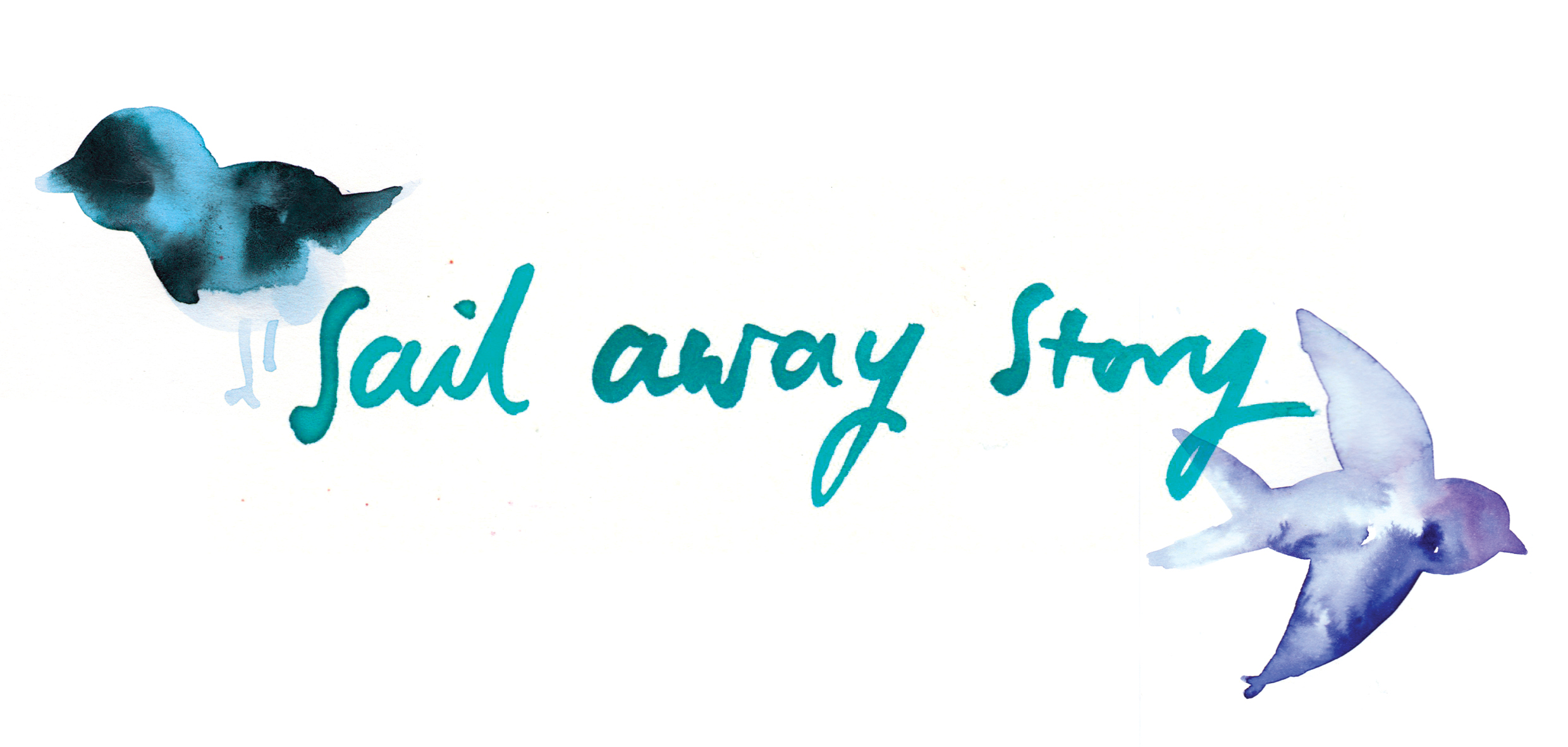Regional focus: The Cherokee Nation, North America
Author: Traci Sorell
Illustrator: Frane Lessac
Genre: children’s literature
I have lived in an indigenous Maya community in Guatemala for 17 years now, nearly half of my life, and for most of my adult years. While I am not an expert on the Tzutuhil Maya who have lived for generations in Santiago Atitlan, the village I call home, I have accumulated a deep appreciation and understanding of the Tzutuhil culture via daily immersion in a highland Maya town.
I grew up in California, which is also land deeply rooted in Native American history. Ironically, I learned very little about Native American culture as a child. What exposure I did receive about the indigenous people was generic and superficial. I remember tasting fry bread at town fairs and assuming that the greasy snack was “authentic” and learning to make “leather” vests out of crinkled paper grocery bags around the time of Thanksgiving to replicate the clothing of Native Americans. Rarely did I learn of the cultural values, traditions, folklore or struggles of Native Americans.
I recently had the opportunity to travel to the East Coast of the United States with Ana, second-grade teacher at Puerta Abierta Atitlan. The journey was a year-in-the-making colaboration between Living Threads Co. and The National Museum of Women in the Arts. In addition to being a phenominal educator, Ana is also a valued artisan of the Mothers’ Artisan Initiative at La Puerta Abierta . She was selected to be the first recipient of the Global Artisan Exchange Scholarship via Living Threads Co. I could dive into a deep tangent about our amazing week on the East Coast, but instead, I will encourage you to read more about our experience here.
When Ana was asked where she’d like to visit in DC on her free day, she quickly selected The Smithsonian Museum of the American Indian, and I was over the moon to join her. We walked the multi-story museum in awe of artifacts and exhibits of the Native cultures of the Western hemisphere.
While perusing the museum gift shop, I discovered Traci Sorell’s picture book “We are Grateful,” and instantly fell in love. Perhaps her words won me over, or Frane Lessac’s bright and cheerful illustrations caught my eye. Maybe, in the moment, I was simply overcome with gratitude for the experience to be soaking in and celebrating indigenous culture with a friend. Most certainly, I was overjoyed to discover a beautiful children’s book that so accurately and honestly represented a deep value of the Cherokee Nation, otsaliheliga or, gratefulness.
About:
Traci Sorell introduces us to the Cherokee Nation concept of otsaliheliga, a word used to express gratitude. As we journey through the year with a contemporary Cherokee family and their tribal nation, we learn how they express thanks for celebrations big and small.
What I love:
- I appreciate the contemporary descriptions and illustrations of a modern Cherokee family.
- Sorell’s message of acknowledging gratitude in our day-to-day is valuable for both children and adults alike.
- Lessac’s illustrations are colorful, innocent and expressive.
- The book contains Cherokee vocabulary and syllabary.
Themes: indigenous people, gratitude, seasons, community
Discussion:
- In your own words, what does gratitude mean? What are you grateful for?
- Does your community/family honor traditions or celebrations during the different seasons (winter, spring, summer, fall)? If so, how do you celebrate them?
- In We Are Grateful, we recognize that the Cherokee people express profound gratitude to Mother Earth for her many blessings ( crops, seasons, trees, snow, animals, etc.) What are you grateful for that can be found in your natural surroundings?
Connections:
- Create your own gratitude book with pictures or words describing what you are grateful for.
- Learn more about the Cherokee Nation here.
- If you live in North, South or Central America, investigate what indigenous groups of people were present where you currently live prior to the discovery of the Americas by European explorers.



Published by